Apple's split-up with graphics tech supplier Imagination Technologies has entered into a "dispute resolution procedure," the latter company announced on Thursday, also revealing that it plans to sell off two of its businesses, MIPS and Ensigma.
Imagination has been "unable to make satisfactory progress with Apple to date regarding alternative commercial arrangements for the current license and royalty agreement," the company said. The company has in fact accused Apple of "unauthorized use of Imagination's confidential information and Imagination's intellectual property rights," without going into further details.
MIPS and Ensigma are being sold off to "strengthen Imagination's balance sheet" and concentrate rescources on its PowerVR graphics division. MIPS specializes in embedded processors, while Ensigma does intellectual property licensing related to connectivity technology. Apple is currently Imagination's biggest customer, making its departure a serious threat.
PowerVR is "well placed in mobile, automotive, digital TV/set top boxes and the rapidly emerging AR/VR market and having the potential to exploit investments for artificial intelligence in the medium-term," Imagination said.
On April 3 the company revealed that Apple would stop using its graphics architecture within the next two years, choosing instead to move development in-house. Apple currently relies on PowerVR for iPhones, iPads, and iPods, as well as the Apple Watch and Apple TV.
During the past two years though Apple has hired away a number of Imagination workers, presumably laying the foundations for custom GPU design. In fact in its early April announcement Imagination said it asked Apple for evidence that it could build its own architecture without violating intellectual property, but was denied.
Apple has increasingly moved towards first-party chip design, beginning with its ARM-based A-series processors, then on to parts like the S1 and S2 systems-on-chip for the Apple Watch, the W1 wireless chip, and the T1 authentication chip in the MacBook Pro. The company is even thought to be working on an ARM processor that could handle low-power functions in Macs.
 Roger Fingas
Roger Fingas








 Marko Zivkovic
Marko Zivkovic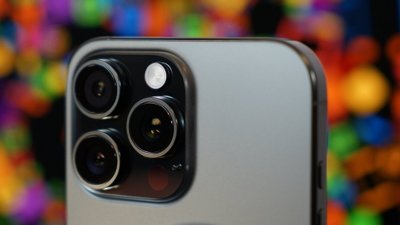
 Wesley Hilliard
Wesley Hilliard
 Christine McKee
Christine McKee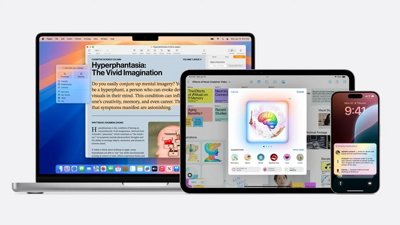
 Malcolm Owen
Malcolm Owen
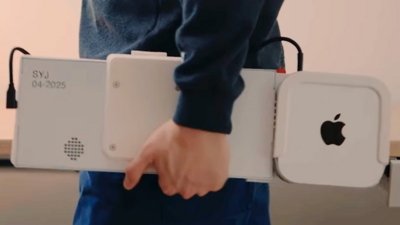
 William Gallagher
William Gallagher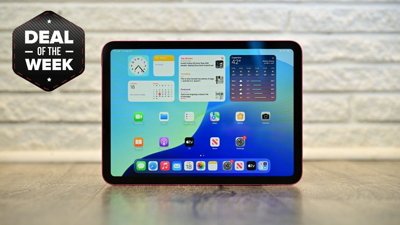
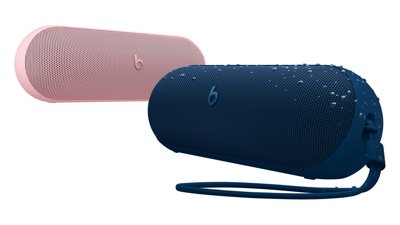





-m.jpg)



15 Comments
We’re always hearing about how Apple is too dependent on the iPhone and needs to diversify. I never really thought about the fact that there are companies out there who’s very existence is tied to Apple as their biggest or only customer.
I'm going to go out on a limb here and say that Apple probably was working closely with Imagination on ways to improve the GPU for use in iOS. Apple, being a shareholder and deeply invested in the PowerVR architecture, probably wanted Imagination to not go and give away their strategic advantage to competitors. Which they did and are still doing because they want more and more. Intel pulled this crap when they sold out Apple's MacBook Air to other manufacturers as an "UltraBook" and got them to undercut Apple pricing.
So Apple really only had one choice since they want to keep strategic leverage... part ways. It's a win-win for Apple. We know they want to pull development for chip design in-house anyway to maintain their strategic technological advantage by controlling their own destiny. Pulling out of Imagination has caused the stock to plummet and caused them to layoff staff whom can be easily hired by Apple. It has also made them more affordable, so Apple could come in and purchase the company and all their assets instead of drawing out a legal battle.
I think shareholders would be foolish to not entertain a buyout by Apple, especially if they can get a premium on top of the tanking stock. While I believe Apple wouldn't have done something like this without having a replacement strategy, they could also be just calling their bluff to force them to the table on these matters.
Imagination should have sold to Apple when they held talks.
Now Apple will go it's own way and Nvidia may make Imagination irrelevant.
I can't believe Imagination expected Apple to just show them its design IP to prove that Apple is not using their design.
I think they made a deadly mistake thinking that low power GPUs could not be made without their IP and it's going to cost them dearly.